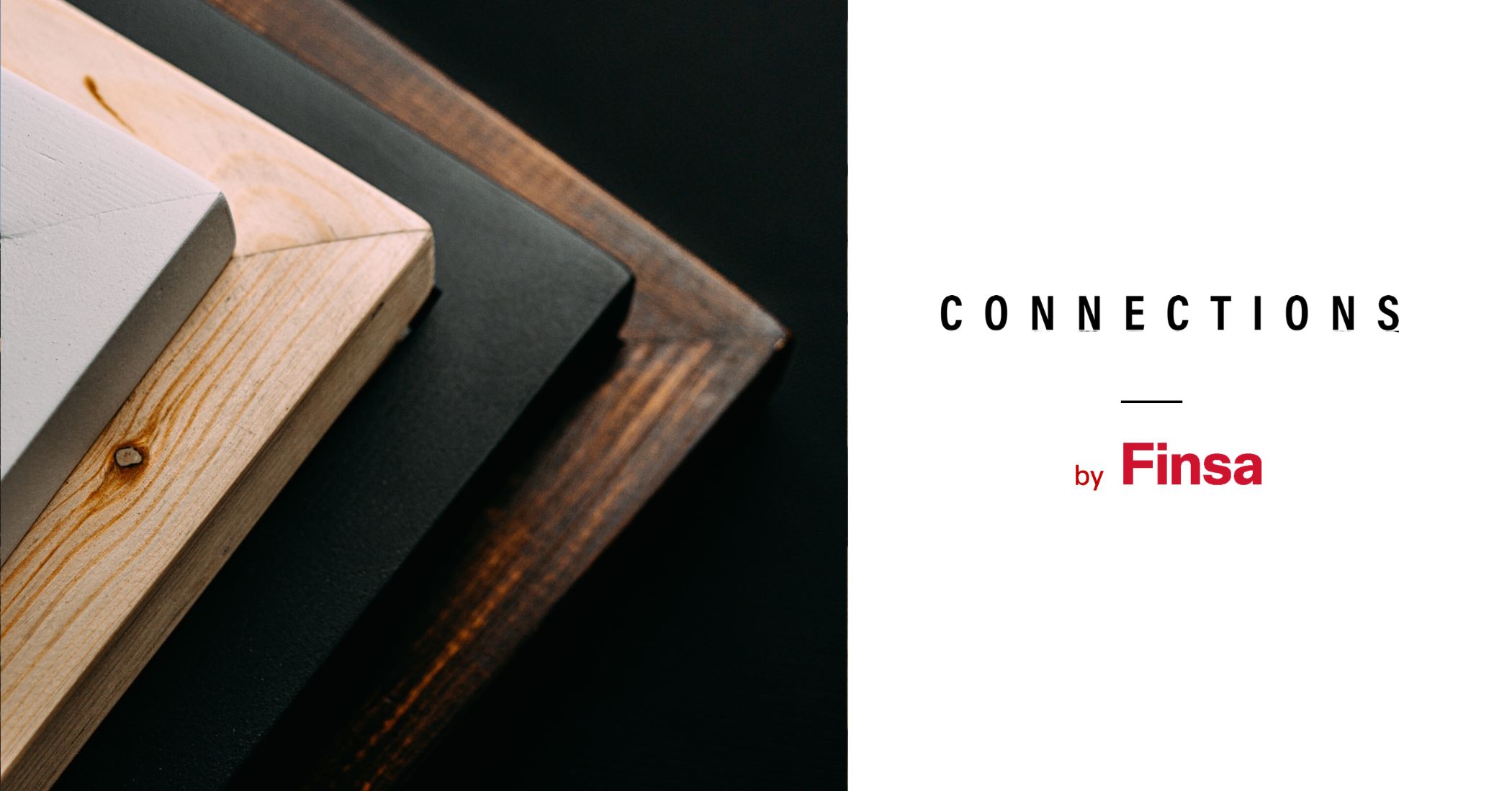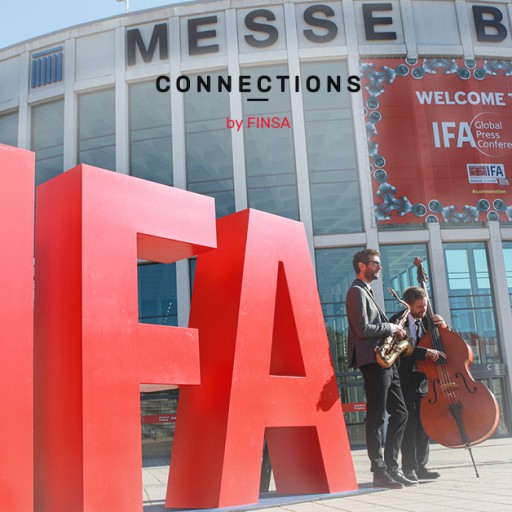What is really meant by “bio”? Is it the same as sustainable? What tools can help me choose a product that is environmentally friendly? At Connections by Finsa, we have answered five common questions that will guide you in the choices you make in your projects.

What does it mean for something to be “bio”? Does this qualification differ depending on the industry?
As with other scientific areas, there is no broad consensus on this term. In the realm of products and materials, the term “bio” generally refers to something that is biologically originated, i.e., derived from living organisms. In other industries, the term bio may have different connotations. In construction and interior design, “bio” might refer to materials that are natural, renewable, or minimize environmental impact.
Is “bio” the same as sustainable?
“Bio” is not always synonymous with “sustainable.” It’s crucial to adopt a holistic approach when evaluating the sustainability of a product, and not simply rely on a “bio” label or other terminologies such as green, etc. In fact, many experts currently refer to sustainability as “positive impact” to strengthen the term.
Real sustainability depends on a combination of practices that encompass not just production, but also resource management, social equity, economic viability, and other factors throughout its lifecycle. A “bio” product can be sustainable if it is produced and used in a way that minimizes its carbon footprint, conserves resources, and promotes social equity, but it is not an automatic guarantee of sustainability.
What concepts and/or standards validate the sustainability of a product without falling into greenwashing?
To validate the sustainability of a product and avoid greenwashing, there are several concepts and standards that we explained in this post. Life Cycle Assessment (LCA) is key to determining the environmental impact of a product from its production to its end of life, materialized in the Environmental Product Declaration.
Certifications like LEED, BREEAM, WELL for building are systems that evaluate and classify the design, construction, and operation of buildings in terms of sustainability and energy efficiency. Buildings certified by these standards are recognized for their commitment to more environmentally friendly practices.
In the case of wood, certifications like FSC/PEFC value responsible forest management practices.
What guarantees of circularity can habitat professionals look for when considering the materiality of a project?
In architecture and interior design, to ensure circularity – the efficient use and recycling of resources – materials that have a long lifespan, can be reused (easily disassembled and reused in the same or other applications), and are recyclable (preferably as upcycling) are sought.
The Cradle to Cradle certification or the EPD ecolabel are examples of guarantees that evaluate the circularity of products. Always rely on evaluations endorsed by audited third parties.
In the case of end consumers, what tools guarantee that a wooden piece of furniture is environmentally friendly?
Circularity guarantees include looking for products with responsible forest management certifications like FSC or PEFC, ensuring the wood comes from responsibly managed forests. Additionally, applications like FORTRA, where the traceability of wood is registered, can be used. Also, consider the furniture’s durability and the possibility of repairing or recycling it in the future.
Do you have more questions you want us to answer? Share your concerns on social media using the hashtag #ConnectionsByFinsa.




